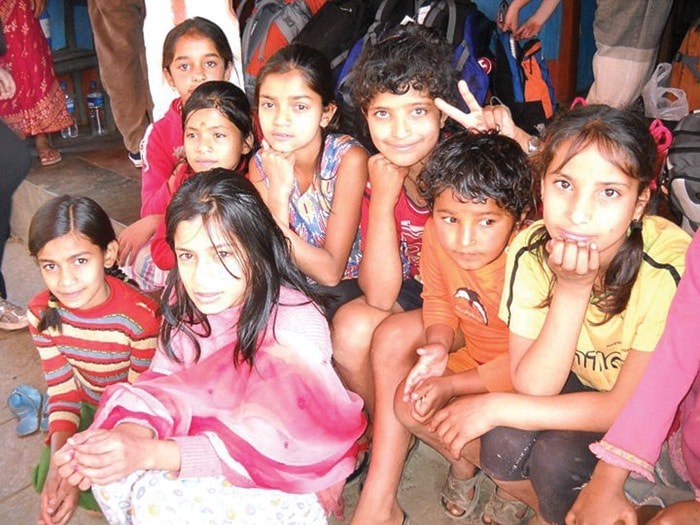Most students see Spring Break as vacation time.
But for a group of Carihi and Timberline Secondary students, this year’s break will be a working holiday in far-away Nepal.
Once again, a group of Campbell River students and 11 chaperones are heading to the mountain village of Lahachowk to continue working on an irrigation project and to hand out school supplies.
“There is a very strong connection between Campbell River and this particular area of Nepal,” said Timberline principal Kevin Harrison. “The people that are leading this trip live in Campbell river and have been to Nepal and this village about eight times over more than 10 years.
“They work through an organization called Innovative Communities and have strong working relationships and friendships with community leaders there.”
The group leaves Campbell River on March 23, and is calling on the community to donate school supplies which they plan to distribute to the Nepalese students.
“We can keep it really simple and inexpensive – pencils, pencil sharpeners, pens, erasers and scissors,” said Harrison, who added that paper should not be donated because it’s too heavy. “This is a great way for our community to contribute to a great project that students are working on.”
Donations can be dropped off at the Timberline school office at 1681 South Dogwood St.
Last year’s group of students said the trip was very rewarding.
While in Lahachowk, the students were tasked with carrying rocks, sand and cement uphill, conveyor-belt style, to help build the canal, which will benefit two communities and increase food production for local farmers.
The students finished 65 metres of the canal, which is contained by high rock and cement walls.
The irrigation system will help contain water during Nepal’s monsoon season and direct it towards the farm fields, and is expected to take four years to complete.
